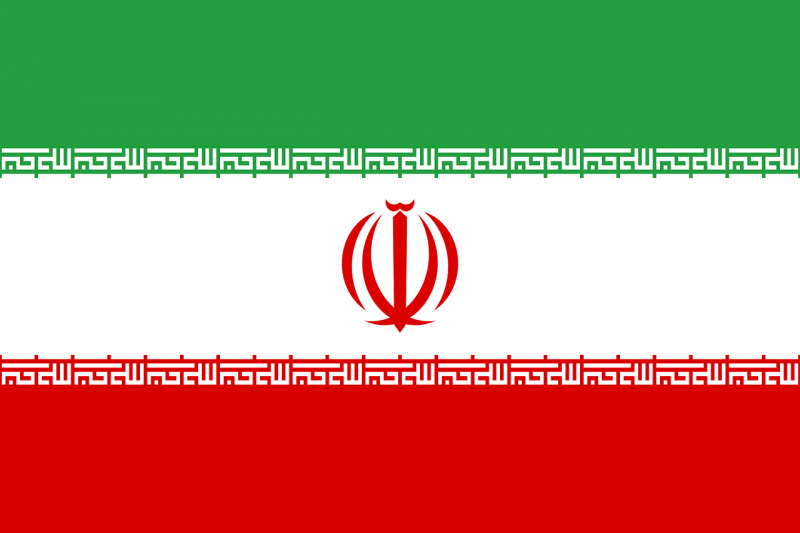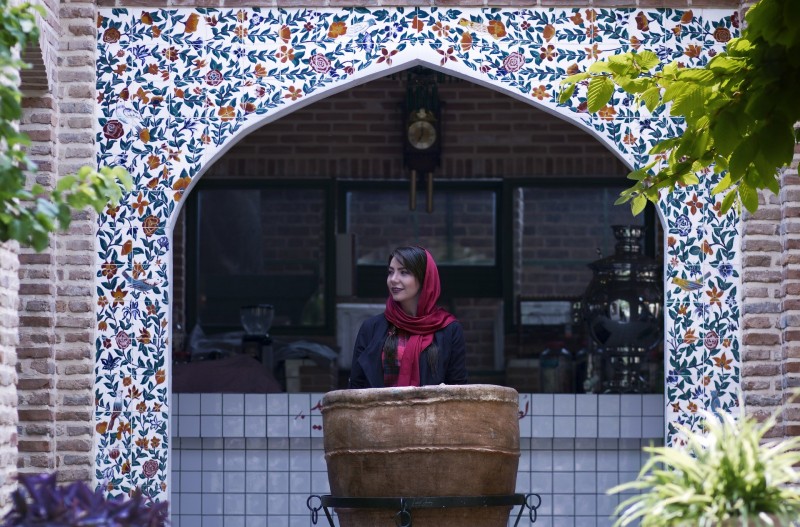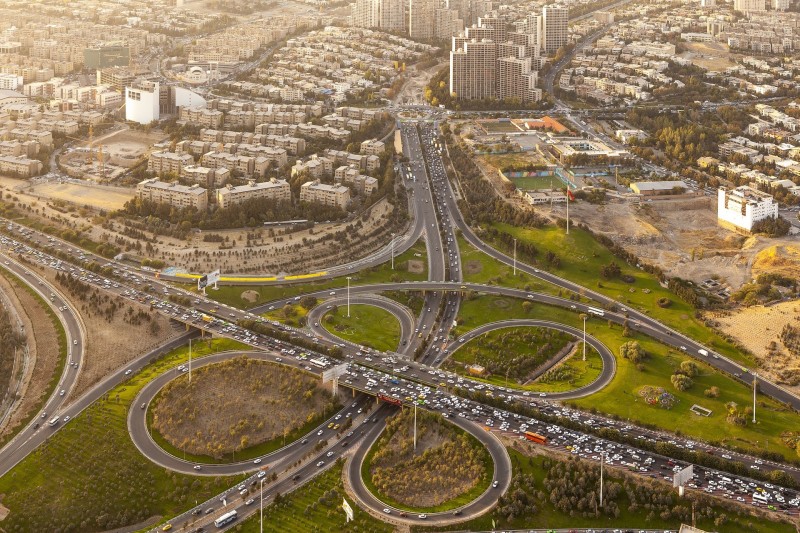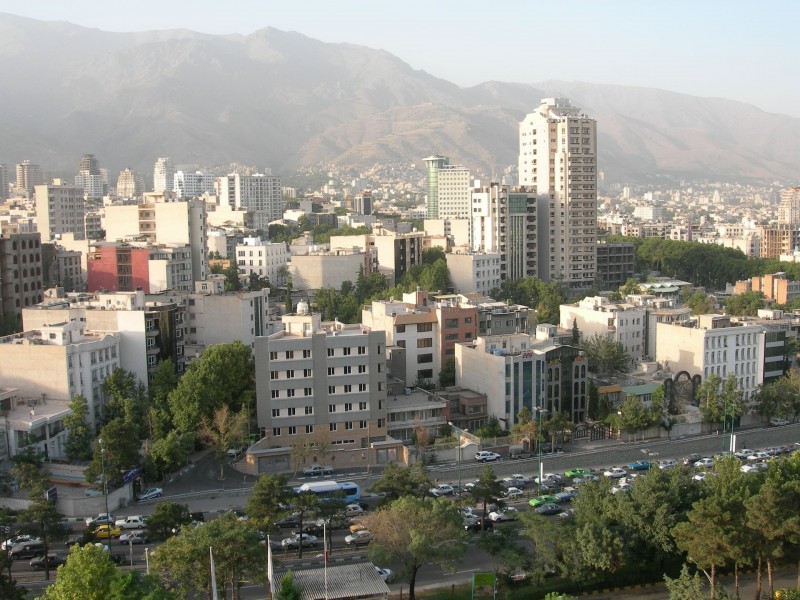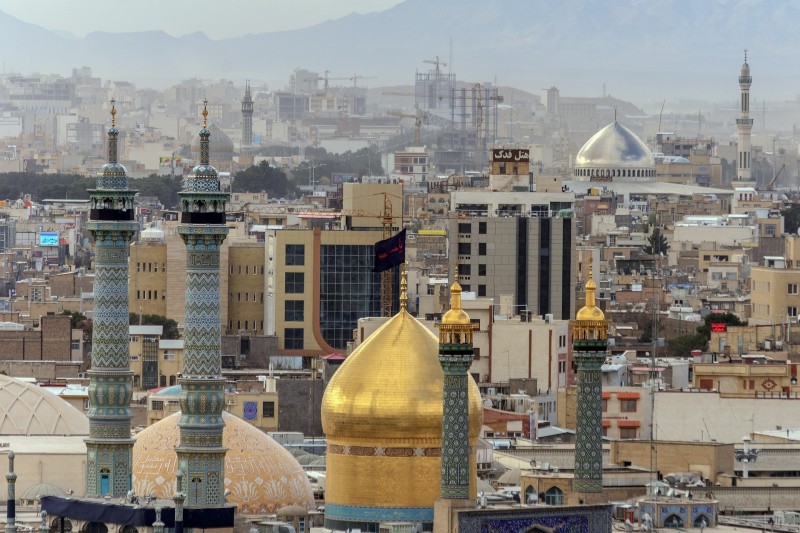Iran
Iran
Capital city description
Tehran is Iran’s capital city. It is also the capital of the Iranian province with which it shares its name. Tehran hosts a population of around 8.4 million in the city. Greater Tehran has a population of approximately 15 million. Tehran is located in the province of Tehran at the foot of the Elburz mountain range. The region is located in the north-central part of the country.
Climate
- Spring: March to April
- Summer: June to August
- Autumn: September to November
- Winter: December to February
The climate of Iran varies significantly due to features of relief and global location. The northern portion of Iran has subtropical weather conditions, while the climate of the south is tropical. Central regions lie within the zone of continental and mountainous weather. The Persian and Oman Gulf coasts are hot and humid, with winter averages between 16 and 18 °C (61-64 °F). At summer temperature there ranges from 24 to 30 °C (75-86 °F).
Languages spoken
The official language of Iran is Persian, also known as Farsi, spoken by almost everyone as either a first or second language.
Fun/Fascinating Facts
- Young girls in Iran are married off immediately after menarche.
- Iranians use their calendar, a solar calendar, meaning that its time reckoning is based on the Earth's movements around the Sun.
- Women are not allowed to wear bathing suits in the presence of men.
- Historical and urban settlements in Iran dates back to 7000 years BC, making it one of the oldest continuous civilizations.
- Chelow Kabab is considered the Iranian national dish and consists of cooked rice and various types of kebab.
Unique Customs/Traditions
- The Iranians burn the harmala seeds on coal to defend themselves from the evil eye. When heated, harmala seeds start bursting like popcorn and smoke. The Iranians believe that the fumigation ritual with harmala is the best safeguard against the evil eye.
- Iranians never say “no.” Preferably, to express a negative answer, they raise their eyebrows in the form of wonder or lift their chins and click the tongue.
- Iranians are used to eating fruits; it is an essential part of the traditional table. Guests are also taken to treat fruit. The most unusual “fruit” in the basket seems to you a cucumber. The Iranians have a special relationship with cucumbers.
- The Iranians consider it highly disrespectful to sit with their backs to the neighbor, and they try to avoid it by all means; if it still happens, they will apologize in advance for their attitude.
- Iranians celebrate holidays the night before. This tradition is most enjoyed by children who are waiting for the party with the greatest excitement.
Popular universities
| Name | Description | |
|---|---|---|
| University of Tehran | The University of Tehran is a non-profit public higher education institution located in the urban setting of the large municipality of Tehran. Established in 1934 and officially recognized by the Ministry of Science Research and Technology of Iran. University of Tehran (UT) offers courses and programs leading to officially recognized higher education degrees such as bachelor's degrees, master's degrees, doctorate degrees in several areas of study. This institution also has branch campuses in the following locations: Ghom, Karaj, Rezvanshahr (Chuka), Kish. | |
| Tehran University of Medical Sciences | Tehran University of Medical Sciences is a non-profit public higher education institution found in the urban setting of the large city of Tehran. This institution also has a branch campus in Kish Island. Founded in 1934 and officially recognized by the Ministry of Health and Medical Education of Iran. Tehran University of Medical Sciences (TUMS) offers courses and programs leading to officially recognized higher education degrees such as pre-bachelor degrees (i.e., certificates, diplomas, associate or foundation), bachelor's degrees, master's degrees, doctorate degrees in several areas of study. | |
| Shahid Beheshti University of Medical Sciences | Shahid Beheshti University of Medical Sciences is a non-profit public higher education institution located in the urban setting of the large metropolis of Tehran. Founded in 1960 and officially recognized by the Ministry of Health and Medical Education of Iran. Shahid Beheshti University of Medical Sciences (SBMU) offers courses and programs leading to officially recognized higher education degrees such as bachelor's degrees in several areas of study. | |
| Ferdowsi University of Mashhad | The Ferdowsi University of Mashhad is a non-profit public higher education institution located in the urban setting of Mashhad, Razavi Khorasan. Established in 1949 and officially recognized by the Ministry of Science Research and Technology of Iran. Ferdowsi University of Mashhad (FUM) offers courses and programs leading to officially recognized higher education degrees such as bachelor's degrees, master's degrees, doctorate degrees in several areas of study. | |
| Shahid Beheshti University | Shahid Beheshti University is a non-profit public higher education institution located in the urban setting of the large center of Tehran. Founded in 1959 and officially recognized by the Ministry of Science Research and Technology of Iran. Shahid Beheshti University (SBU) offers courses and programs leading to officially recognized higher education degrees such as bachelor's degrees in several areas of study. | |
| Iran University of Science and Technology | Iran University of Science and Technology is a non-profit public higher education institution located in the urban setting of the large city of Tehran. This institution also has a branch campus in Arak. Founded in 1929 and officially recognized by the Ministry of Science Research and Technology of Iran. Iran University of Science and Technology (IUST) offers courses and programs leading to officially recognized higher education degrees such as bachelor's degrees, master's degrees, doctorate degrees in several areas of study. | |
| University of Applied Science and Technology | University of Applied Science and Technology is a non-profit public higher education institution located in Tehran. Founded in 1992 and officially recognized by the Ministry of Science Research and Technology of Iran, the University of Applied Science and Technology (UAST) is a coeducational Iranian higher education institution. University of Applied Science and Technology (UAST) offers courses and programs leading to officially recognized higher education degrees such as bachelor's degrees in several areas of study. | |
| The Isfahan University of Technology | The Isfahan University of Technology is a non-profit public higher education institution located in the rural setting of the center of Isfahan. Established in 1977 and officially recognized by the Ministry of Science Research and Technology of Iran. Isfahan University of Technology (IUT) offers courses and programs leading to officially recognized higher education degrees such as bachelor's degrees, master's degrees, doctorate degrees in several areas of study. | |
| Tarbiat Modares University | Tarbiat Modares University is a non-profit public higher education institution located in the urban setting of the large city of Tehran. Established in 1982 and officially recognized by the Ministry of Science Research and Technology of Iran. Tarbiat Modares University (TMU) offers courses and programs leading to officially recognized higher education degrees such as master's degrees, doctorate degrees in several areas of study. This institution has branch campuses in the following locations: Karaj, Noor. | |
| The Sharif University of Technology | The Sharif University of Technology is a non-profit public higher education institution located in the large metropolis of Tehran. This institution also has a branch campus in Kish Island. Established in 1965 and officially recognized by the Ministry of Science Research and Technology of Iran. Sharif University of Technology (SUT) offers courses and programs leading to officially recognized higher education degrees such as bachelor's degrees, master's degrees, doctorate degrees in several areas of study. | |
Festivals & Events
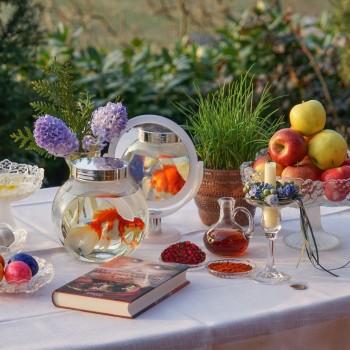
Nowruz
Date: March 20th
Nowruz is the Persian New Year celebration. It is one of the most famous Iranian festivals celebrated on the vernal equinox. There remains a considerable crowd that comes out on the streets to do their holiday shopping, choose ceramic dishes for the Haft Seen displays, and select the perfect goldfish.
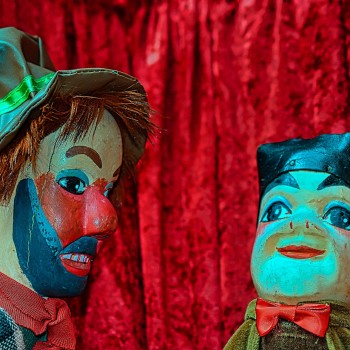
Tehran International Puppet Theatre Festival,
Date: August 22th ( every two years)
Tehran International Puppet Theatre Festival, also known as Mobarak International Puppet Theater Festival, occurs in Tehran, Iran, every two years. It attracts leading puppeteers from all over the world to Tehran.
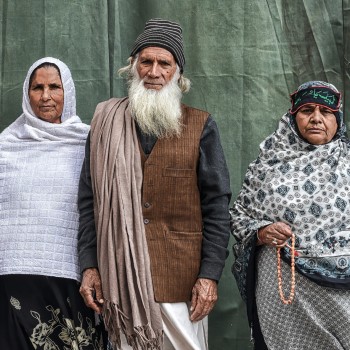
Ashura
Date: August 28th-29th
On the 10th day of Muharram, Ashura is the tremendous Iranian festival harmonizing with the martyrdom of Imam Hussein. The gloomy performance art known as ta’zieh rebuilds this martyrdom in the Battle of Karbala and is pervasive across cities. In the city of Khorramabad, people are immersed in the symbolic ceremonial of kharrah mali or mud rubbing.
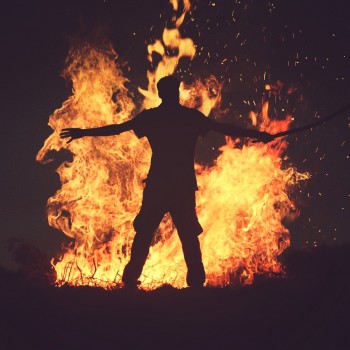
Festival of Fire (Chahar Shanbeh Soori)
Date: Last Tuesday of March
The Festival of Fire sees bonfires sprouting up in various public areas, in alleys, in front of homes, and sometimes parks. Chahar-Shanbeh means Wednesday, and Suri means both ‘Red’ and ‘Celebration.’ In this “red celebration,” people go out and make bush fires and keep them burning till the following day.
Many Iranians believe their ancestors’ spirits visit during the last few days of the year. People jump over the burning cinders and scream, “Oh, Chahrshanbe Suri; Give me your red color (red face color is the symbol of healthiness) and take back sickly pallor,” which is a purification ritual. It is symbolic of burning all that was terrible, pain, unhappiness, sickness, and worry, and looking forward to a new beginning.
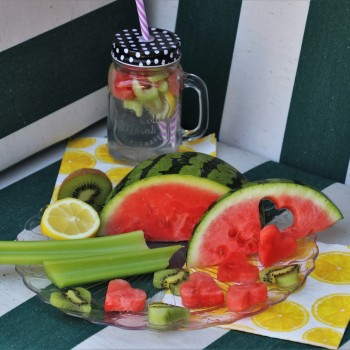
Yalda
Date: December 21th
Yalda is the longest night of the year and is renowned as a light over darkness and good over evil. This festival marks the defeat of evil. Iranians will eat melon, a variety of mixed nuts, and red fruits such as watermelon and pomegranates, symbolic of the red of dawn and the dominance of light. Visitors will find many restaurants serving dishes that involve the fruit.
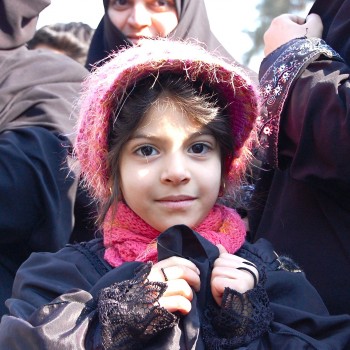
Sizdeh Bedar
Date: April 2
Iranians celebrate the 13th and final day of Nowruz with a bang on sizdeh bedar. ''Sizdah-'' means thirteen, and ''-bedar'' means to get rid of, i.e., "getting rid of thirteen." From ancient times, Iranian people have enjoyed this day.
Parks become swamped with families playing games, grilling kebabs, and, of course, drinking bottomless glasses of tea. It is believed that joy and laughter cleanse the mind from all evil thoughts, and a picnic is usually a festive, joyous event.
Attractions / Top Sights
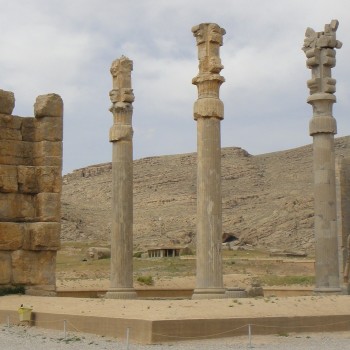
Persepolis
When to visit: March-May / September-October
Persepolis was the capital of the Persian Achaemenid Empire from the reign of Darius I (the Great, r. 522-486 BCE) until its destruction in 330 BCE. Its name comes from the Greek Perses-polis (Persian City), but the Persians knew it as Parsa (City of the Persians).
Today, only traces of this once feared power in the east remain, with a clutch of looming marble columns and a couple of steles all that’s left to mark the great compound out amongst the rising hills of Rahmet Mountain.
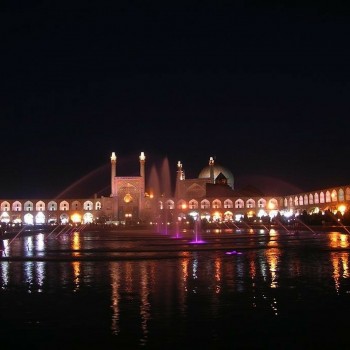
Imam Reza Holy Shrine
When to visit: March-May / September-October
When to visit: https://whc.unesco.org/en/tentativelists/6194/
Imam Reza's holy shrine is a complex of buildings formed progressively during almost a thousand years, around which the city of Mashhad was created according to the needs of this great pilgrimage center.
Imam Reza's holy shrine is the most vital element giving identity to the urban area of Mashhad. The city is of excellent examples formed based on the ships and pilgrimage culture. It is one of the most important most visited attractions of Iran.
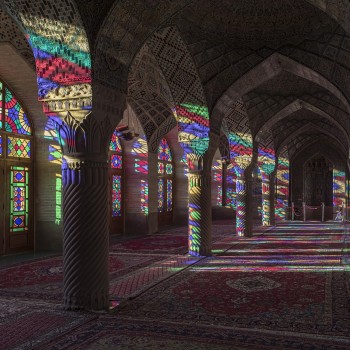
Nasir al-Mulk Mosque,
When to visit: March-May / September-October
When to visit: https://www.facebook.com/nasirolmolkmosqueiran/
The Nasir al-Mulk Mosque, commonly known as the Pink Mosque, is a traditional mosque in Shiraz, Iran-one of the most beautiful mosques in Iran. With dazzling stained glass, thousands of painted tiles on the ceiling, and Persian rugs covering the floor, this place of worship is an impressive rainbow of color in every direction, like stepping into a kaleidoscope.
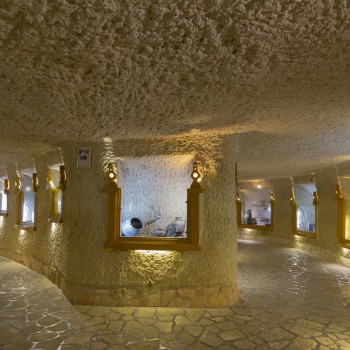
Kish Island
When to visit: January to May
Kish Island is a lovely island and tourist resort found on the northeast of the Persian Gulf (Khalij-e Fars), about 17 km (10.2 miles) from the southern offshore of mainland Iran.
Kish Island, known as the Pearl of the Persian Gulf, has 90 square km (36 sq. miles). It is known for being a stunning resort in the Middle East and the Persian Gulf.
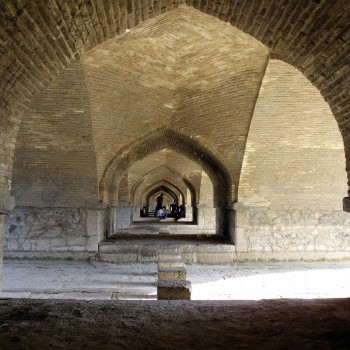
Esfahan Bridge
When to visit: April to May
One of the highlights of a trip to Esfahan, Iran, is its many bridges. Some of them are modern times structures, but others are historic structures. Even though the Zayande river they span may often be dry, walking down the old, typical bridges is a true enjoyment because they are free of traffic. Only motorcycles seem to be allowed to ride across.

Qom
When to visit: March to May / September to November
Qom is considered one of Iran's most sacred towns and one of Iran's best tourist attractions. It's stuffed with towering minaret spires and the greenish-blue-colored domes of totemic mosques.
One of the country's intellectual and religious hubs, it also contains several celebrated madrassahs and attracts many pilgrims throughout the year.

Kashan
When to visit: April to May
One of the best tourist attractions in Iran, Kashan develops from the deserts of northern Iran, nearly between Esfahan and the epicenter at Tehran. An oasis city, it’s filled with blooming pockets of date palms and green gardens. The towers are noticeably adobe and brown, though, excluding – obviously– for the stylish mansions of the Tabatabaie Residence, the Ameri House, and the tops of Aqabozorg.
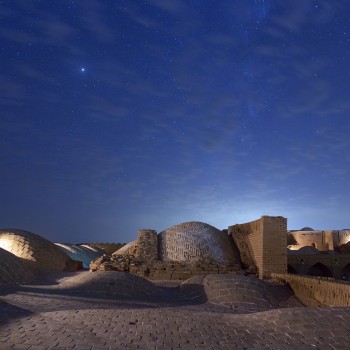
Yazd
When to visit: April to May
When to visit: https://whc.unesco.org/en/list/1544
The City of Yazd is located in the middle of the Iranian plateau, 270 km southeast of Isfahan, close to the Spice and Silk Roads.
The adobe building of the Yazd ancient city is like something out of Arabian Nights. From place to place, turrets covered with gold in complicated geometric patterns loft above the mosque vaults; the fragrance of incense and mint tea complex circumstances from the cafes.
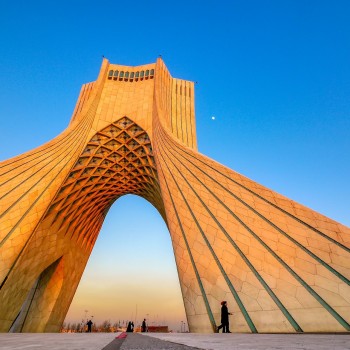
Tehran
When to visit: April to May
When to visit: https://wikitravel.org/en/Tehran
Tehran is the capital city of Iran. A bustling municipality of 14 million people, it is located at the foot of the towering Alborz mountain range.
Remarkable memorials like the Azadi Tower have been constructed in this place. At the same time, the shining marvels of the Treasury of the National Jewels and the mummified princes of the National Museum of Iran are only several of the magnificent remains to watch.















